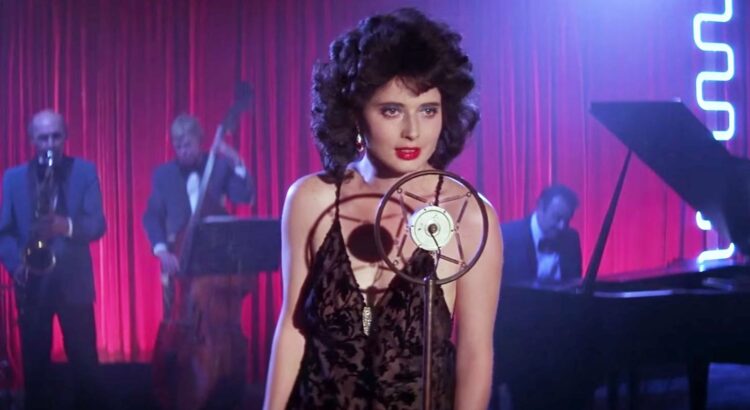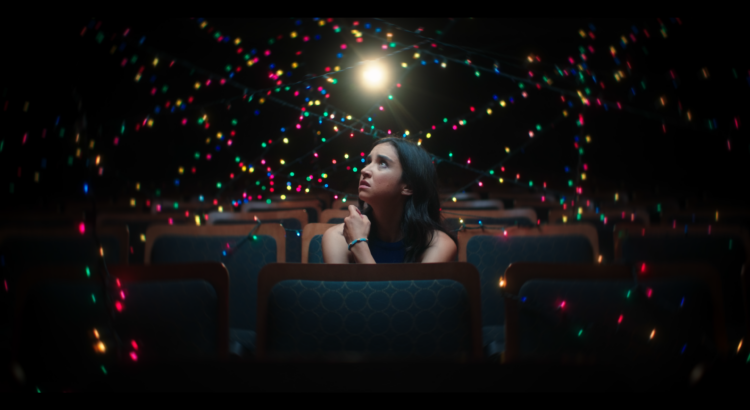When I was 15 years old, my life changed forever when my dad took me by the shoulders, looked me in the eye, and said “Watch Blue Velvet. Trust me.”
At the moment, I wasn’t quite aware that he was prompting me to watch a two-hour psychosexual meditation on the dark underbelly lurking beneath society’s surface, featuring sado-masochism, drug-addled perverts, and erotic blackmail. But watch it I did. Then I closed my laptop and stared up at the ceiling for an hour contemplating my newly-lost innocence.
David Lynch, the celebrated director of Blue Velvet who recently passed away at the age of 78, was a giant of filmmaking. In movies like Blue Velvet, Mulholland Drive, Twin Peaks: Fire Walk With Me, and Eraserhead, Lynch introduced audiences to revolutionary ways of seeing the world. I always suspected that Lynch was some kind of hologram placed on Earth by an advanced alien species, hovering somewhere between genius and madness, meant to transport us mortals into a higher plane of existence. His filmmaking talent even added a word to our lexicon – “Lynchian” – meant to connote surrealism that uses a dreamlike aesthetic to expose malice, absurdity, or hypocrisy in society. This “uncanny valley” quality that Lynch’s films embodied earned him a cult following as well as mainstream appeal.
Nowhere are these Lynchian elements more at play than in Blue Velvet, released in 1986. The film features Dorothy (Isabella Rossellini), a battered woman blackmailed into sexual slavery by the sadistic Frank (Dennis Hopper). In an ironic twist, Frank’s games reveal masochistic urges repressed deep in Dorothy’s psyche. She is simultaneously repelled and titillated, expressing these conflicting emotions by initiating a sadomasochistic relationship with the clean-cut Jeffrey (Kyle MacLachlan), who is ashamed of his urges but drawn to the alluring older woman. The three characters – Frank, Dorothy, and Jeffrey – exit society’s confines and enter a lusty place of debauchery and degeneracy.
Through colorful metaphors, a haunting score, and cast members that are clearly willing to bare all for the sake of art, Blue Velvet earned its place in film history. The marriage of surrealism and erotica, tragedy and eros, death and love – these are philosophical concepts that artistic leaders have wrestled with for millennia. More recent films featuring BDSM dynamics, like Secretary, Fifty Shades of Grey, and Babygirl, can only aspire to the emotional power that Blue Velvet oozes. Each scene is perfectly calibrated to press the audience’s buttons. So enduring is the film’s appeal that the Michigan Theater specifically chose to play it to honor Lynch’s legacy. This type of masterpiece earns either one star or five stars, but nobody leaves the theater without an opinion.
There is only one filmmaker who can somehow master horror, erotica, surrealism, and mystery all at once. That man is David Lynch. In my opinion, to even write a traditional film review of his work is to diminish his genius. So I will leave it at that – anyone who hasn’t watched Blue Velvet is missing out.













